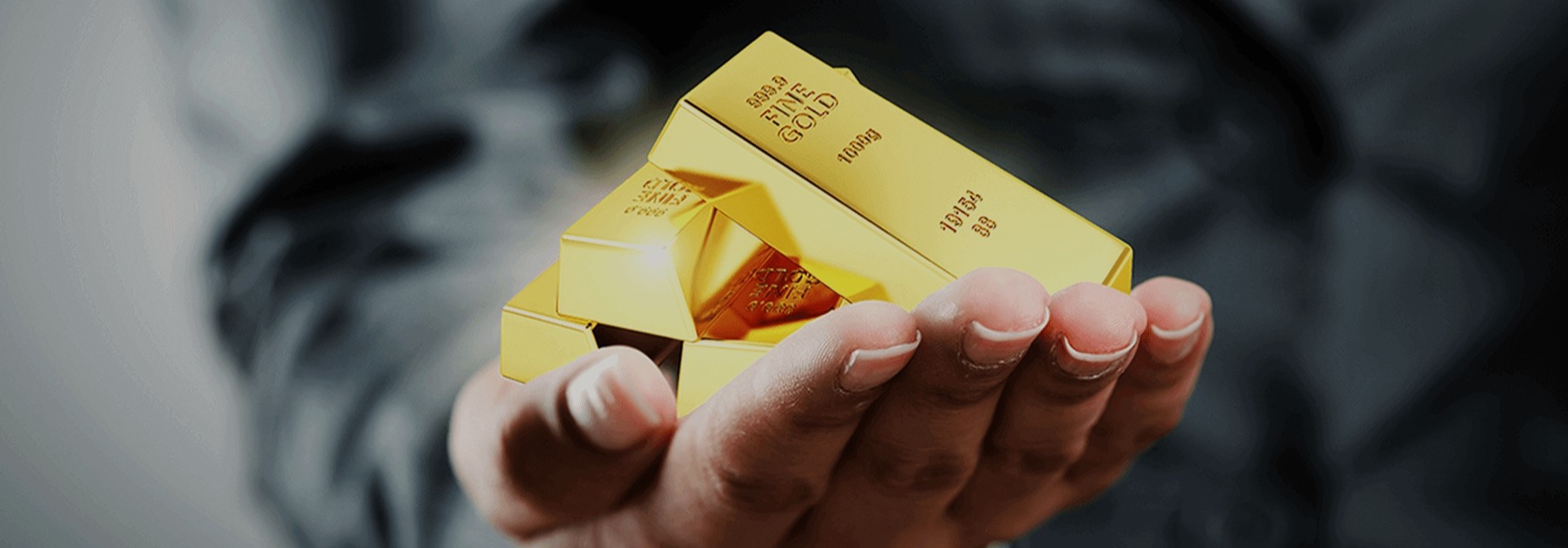This article is inspired by the works of Nassim Nicholas Taleb whose work concerns problems of randomness, probability, and uncertainty. His 2007 book The Black Swan has been described by The Sunday Times as one of the twelve most influential books since World War II (Souce: Wikipedia).
One of our friends tweeted a table which showed the gold prices in India for the last 95 years. The table is reproduced below:
As an admirer and follower of Mr Taleb, we tried to find if there was a corelation between gold prices and Black Swan events in India. To our surprise there was:
1. The first big Black Swan event that happened in independent India was partition. From 1947 to 1951, gold prices spiked and remained at a high till it started dropping in 1952. The period of 1947 to 1951 was marked with great amount of volatility and uncertainty. The situation stablised after the first Indian general elections were held from 25 October 1951 to 21 February 1952 (Source: Wikipedia). Mr Nehru became the first elected Indian Prime Minister and the country became hopeful of more stable times. The gold prices started dropping from 1952 onwards from a peak in 1951.
2. India and China were involved in a short military conflict in 1962 over a disputed Himalayan border. There had been a series of violent border incidents after the 1959 Tibetan uprising, when India had granted asylum to the Dalai Lama. Unable to reach political accommodation on disputed territory along the 3,225 kilometre — (2,000 mile-) long Himalayan border, the Chinese launched simultaneous offensives in Ladakh and across the McMahon Line on 20 October 1962 (Source: Wikipedia). The gold prices started spiking in 1959 and reached a peak in 1962. The tension between India and China de-escalated by the end of 1962 and the gold prices started declining from 1963 onwards.
3. The next big spike in the gold prices began in 1971 and gold prices remained at a high till 1975. In 1971 India went to war with Pakistan and the Indian forces were directly involved in liberation of East Pakistan and formation of Bangladesh. In 1975 emergency was declared by President Fakhruddin Ali Ahmed under Article 352 of the Constitution because of the prevailing “internal disturbance”, the Emergency was in effect from 26 June 1975 until its withdrawal on 21 March 1977 (Source: Wikipedia).
4. From 1978 to 1981, India saw intense political uncertainty. In a major turn of events, the ruling Congress lost control of India for the first time in the general elections of 1977. The hastily formed Janata alliance of parties, won 298 seats. MorarjiDesai was chosen as the leader of the alliance in the newly formed parliament. In 1979, Raj Narain and Charan Singh pulled out of the Janata Party, forcing Desai to resign from office. Charan Singh became the Prime Minister on 28 July 1979. However his government did not last long and he resigned after just 24 weeks in office when Indira Gandhi’s Congress Party withdrew support to the government. General elections were held again and Indira Gandhi became the Prime Minister again on 14th January 1980. The gold prices started spiking from 1979 and remained at a high till 1981. With Indira Gandhi having a majority in the 7th Lok Sabha, stability returned and gold prices started declining from 1982.
5. After a brief decline in 1982 gold prices kept on increasing every year till 1996. This was also the period of great political and economic uncertainty in India. From 1984 onwards till 1996, India saw six Prime Ministers from Rajiv Gandhi (1984 to 1989), VP Singh (2 Dec 1989 to 10 November 1990), Chandrasekhar (10 November 1990 to 21 June 1991), PV Narasimha Rao (21 June 1991 to 16 May 1996), Atal Bihari Vajpayee(16 May 1996 to 1 June 1996) and Deve Gowda (1 June 1996 to 21 April 1997).
6. Atal Bihari Vajpayee became the Prime Minister on 19th March 1998. From 1998 till 2002 gold prices stayed stable which was also the time of greatest political and economic stability in India. The gold prices started spiking again in 2003 and since then have increased every year till date. Today it is at an all time high of Rs 40,000 per 10 gram of 24 Karat gold.
So if you are somebody who is building your portfolio what should you do with the above analysis?
Mr Taleb advocates what he calls a “black swan robust” society, meaning a society that can withstand difficult-to-predict events. Political and economic uncertainty and volatility are part of Indian life, they are par for the course. One can never predict a Black Swan event like political and economic upheaval or war with our neighbours. We can only plan for it.
Every one must take risk. It is only when you take risks that you get re-warded. However, one must also plan for Black Swan events. As the data for last 95 years has shown, gold prices have always spiked at times of a Black Swan event. Gold is the hedge you can buy to withstand difficult-to-predict events. It is advisable that 5% to 10% of one’s portfolio must be in gold to make it safe against difficult-to-predict events.



